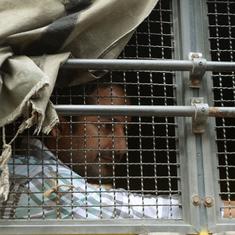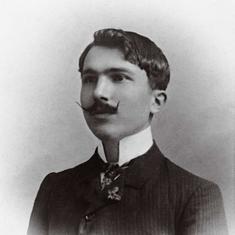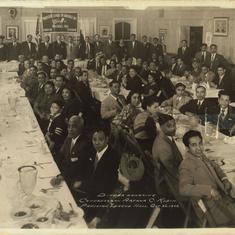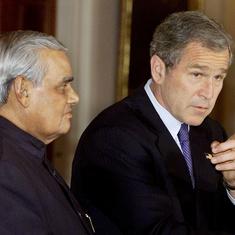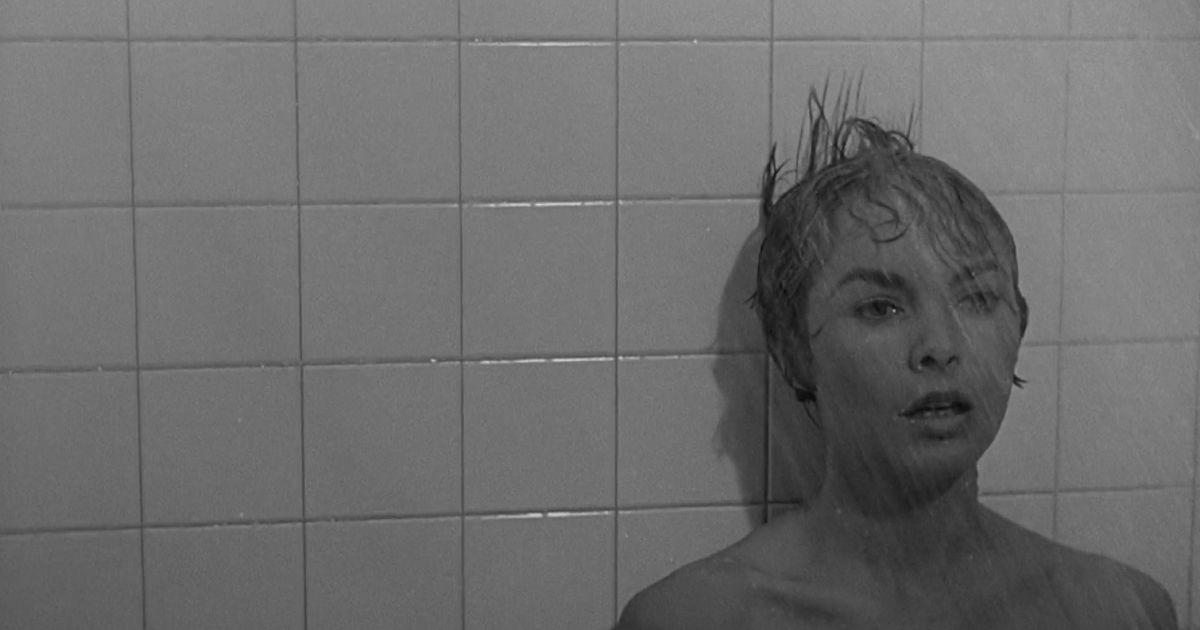“Norman Bates heard the noise and a shock went through him.” Thus begins Robert Bloch’s best-known novel Psycho, which inspired the Alfred Hitchcock classic Psycho.
Published in 1959, the book about a serial killer with a mother fixation was quickly snapped up for a screen adaptation that came out in 1960. Hitchcock’s money-spinning version inspired three sequels, a remake and a contemporary series.
Bloch was a prolific writer in the genres of crime, science fiction and fantasy (“Things were very quiet in ladies’ underwear that morning” is the opening line of his novella The Miracle of Ronald Weems). Bloch churned out more Psycho books too, which had nothing to do with the film sequels.
While the movie diverges from the book, the two Psychos are united in their concentrated impact. Hitchcock’s genius lies in locating the correct tone and visuals to match Bloch’s chilling prose.
Hitchcock’s Psycho will be screened on July 24 at Mumbai’s Regal cinema by the Film Heritage Foundation, as part of its annual restoration workshop. The foundation previously showed the suspense maestro’s North By Northwest, and will screen Rear Window (on July 31) and Vertigo (on August 7).
A landmark of the horror genre, Psycho remains the subject of numerous dissections and debates. The black-and-white movie’s gruesome centrepiece is a roughly 45-second sequence in which a woman is knifed to death while taking a shower.
The stabbing was one of the most explicit portrayals of violence in cinema at the time. In an interview in 1990, Bloch recalled telling the director, “Mr Hitchcock, I think this is either going to be your greatest success, or your biggest bomb.”
Bloch dreams up a worse fate for the showering woman, Mary Crane. Mary spots a “crazy old woman” peering at her through the curtain. “Mary started to scream, and then the curtains parted further and a hand appeared, holding a butcher’s knife,” Bloch writes. “It was the knife that, a moment later, cut off her scream. And her head.”
It was the “suddenness of the murder in the shower, coming, as it were, out of the blue”, that intrigued Hitchcock, he told filmmaker Francois Truffaut for the conversation book Hitchcock/Truffaut. Psycho supplied Hitchcock the opportunity to get audiences “aroused by pure film”, he said. Bloch’s crisp writing and vivid imagery gave Hitchcock and screenwriter Joseph Stefano ample cues to create graphic, abrupt scenes.
Bloch based Norman Bates on Ed Gein, the American serial killer who in the 1950s made souvenirs from the body parts of his victims. Norman’s reading list includes a book about the Incas, who have fashioned drums out of human skin – a foreshadowing of Norman’s subsequent actions as well as a link to Ed Gein.
In an essay The Shambles of Ed Gein from 1962, Bloch wrote, “The real chamber of horrors is the gray, twisted, pulsating, blood-flecked interior of the human mind.”
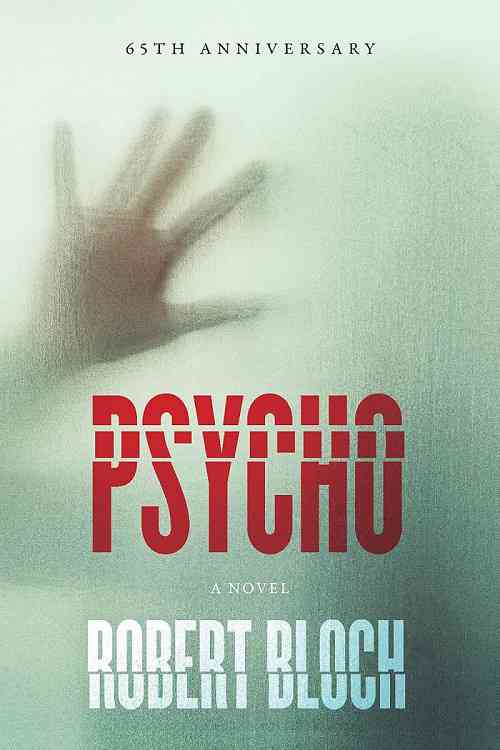
In Bloch’s novel, readers meet his deranged creation in the first chapter itself. Norman is unnerved by a sound that turns out to be that of rain, not of “someone tapping on the window pane”.
Norman has lived his entire life in the house adjoining the Bates Motel. The only other occupant, who looms large over Norman’s fragile mind, is his beloved and hated mother Norma. Bloch writes: “Here everything was orderly and ordained: it was only there, outside, that the changes took place. And most of the changes held a potential threat.”
Norma disapproves of 40-year-old Norman’s stay-at-home behaviour, his sexual impotence, his submissiveness. “Mothers sometimes are overly possessive, but not all children allow themselves to be possessed,” Bloch observes.
Mary Crane wanders into Norman’s isolated world by accident. She is on the run after having stolen money from her employer in order to help her boyfriend Sam Loomis pay off a debt. Heavy rain forces Mary to stay the night at Bates Motel, where Norman, his collection of stuffed animals – he is a taxidermist by hobby – and Mother await her.
After Mary’s disappearance, the detective Arbogast, Sam and Mary’s sister Lila arrive at Bates Motel. The book’s final chapters are replicated in the film adaptation.
The movie finds innovative ways to transport Bloch’s observations to the screen. A line that compares Norman’s house to a jail inspires Saul Bass’s opening titles, in which the names resemble distorted bars in a prison cell.
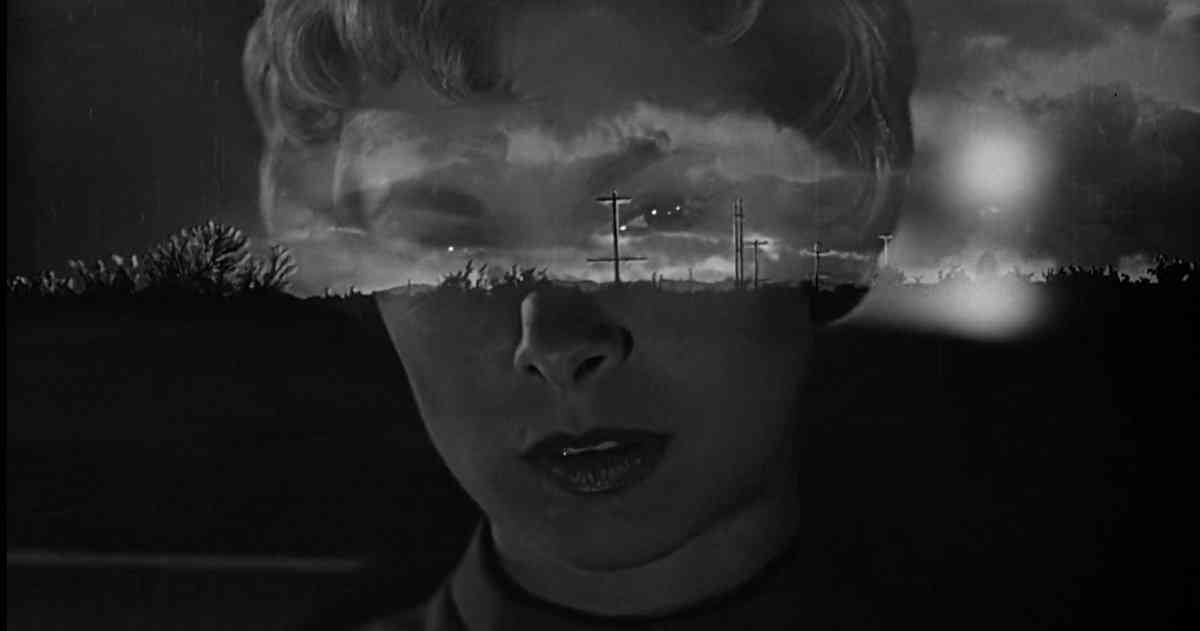
Hitchcock made some key changes to the book. Mary Crane is now Marion Crane. Norman doesn’t have a plump face, thinning sandy hair or rimless glasses. He is tall and slim, with a full head of hair, piercing black eyes and a boyish appearance.
The film begins with Marion, rather than Norman. The camera hovers over a city and then moves downward and through the window of the room where Marion (Janet Leigh) is in bed with Sam (John Gavin).
Voyeurism, the act of seeing what is meant to be shielded from the gaze, will be echoed later in the film, culminating in the shower.
“…the public always likes to be one jump ahead of the story; they like to feel that they know what’s coming next,” Hitchcock told Truffaut. “So you deliberately play upon this fact to control their thoughts. The more we go into the details of the girl’s story, the more the audience becomes absorbed in her flight.”
The movie withholds the introduction to Norman – a necessary device for creating suspense. The movie’s Norman is a cipher, without any indication of his proclivities.
In the book, Norman has an outburst when Mary suggests that he should institutionalise his ailing mother. In the film, Norman doesn’t visibly react to Marion’s remark.
Rather, his mental state is revealed through camera angles and subtle editing. Cinematographer John L Russell moves around and closer to Norman and the stuffed birds in the background during his conversation with Marion.
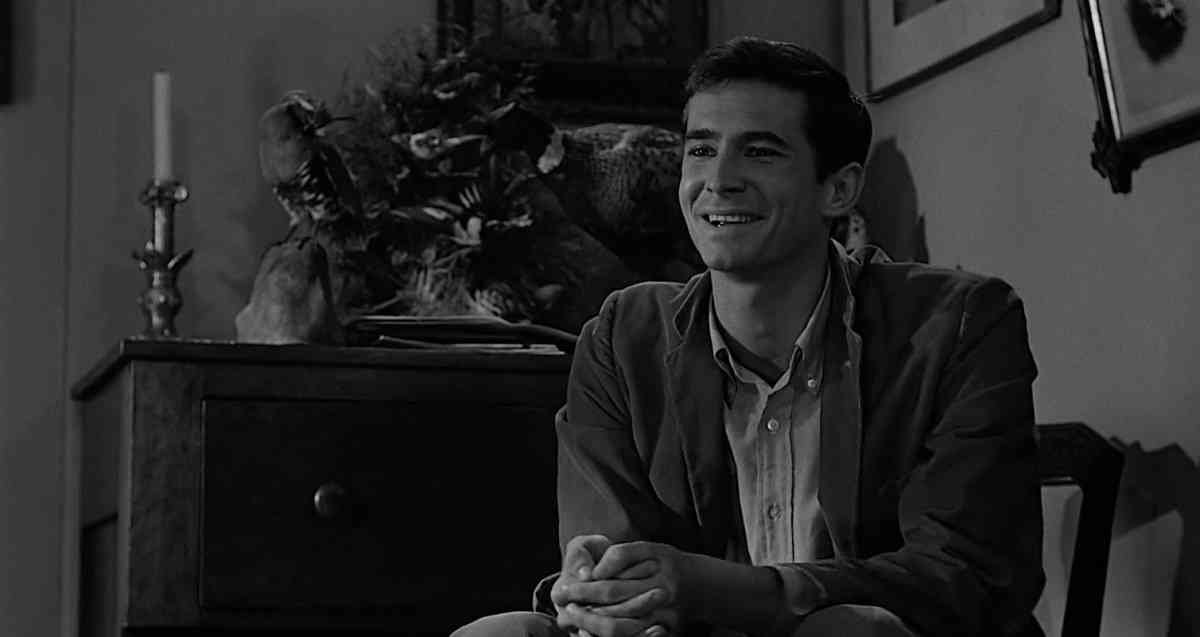
The film’s iconic bit of dialogue “We all go a little mad sometimes” is a reworking of Bloch’s line “I think perhaps all us go a little crazy at times.” Norman’s poignant statement about his loneliness is an invention of the film: “We scratch and claw but only at the air and each other. And for all of it we never budge an inch.”
Hitchcock’s mastery is most evident in the opening section, the build-up to Marion’s killing and the shower sequence. While the woman’s beheading is excised for the movie, Hitchcock conjures up an equally terrible end for the character.
Hitchcock told Truffaut that he deliberately cast Janet Leigh as Marion. By killing a well-known actor so early into the narrative, Hitchcock was “directing the viewers”, he added, “playing them, like an organ”.
Marion’s murder is sliced into numerous shots that last mere seconds and match the frenzied stabs on her naked body. Bernard Hermann’s strings-heavy background score mimics the sound of shrieking. A match cut links Marion’s eye to the drain into which her blood is flowing.
The shoot took a week, required 72 camera set-ups and involved 52 editing cuts. Marli Renfro played Leigh’s body double.
Renfro was among the actors, filmmakers and critics interviewed by Alexandre O Philippe for his insightful documentary 78/52 (2017). Director Karyn Kusama notes in 78/52 that Psycho was “the first modern, pure expression of the female body under assault”.
Hermann’s iconic tune – which was partially lifted by composer Sandeep Chowta for a scene in Ram Gopal Varma’s Satya (1988) – could not be heard in cinemas because of the audience’s screams, Peter Bogdanovich recalls in 78/52.
The stabbing montage eclipses Hitchcock’s other feats in the movie. The truth about Norma and Norman comes off better in the novel.
Despite peaking a bit too soon, the film distils the twisted spirit of Bloch’s novel, while also giving a face to Norman Bates that is impossible to forget. Anthony Perkins, the father of horror filmmaker Osgood Perkins, brilliantly played Norman in Psycho and its sequels, his interpretation of the maniac overshadowing his other roles.
Film scholars have pointed to Psycho’s predecessors, among them Charles Laughton’s The Night of the Hunter (1955). Michael Powell’s Peeping Tom, which was released two months before Psycho in 1960, is considered a worthier and weightier exploration of deviance. Yet, Psycho’s contribution to the serial killer genre is vast and enduring.
In 1998, Gus Van Sant directed a shot-by-shot remake in colour. His Psycho starred Vince Vaughn as Norman, Anne Heche as Marion and Julianne Moore as Lila. The film is a curio, adding nothing to the original production.
The continuing fascination with Norman’s house of horrors also inspired the long-running television series Bates Motel (2013-2017). The prequel takes place in the present and explores Norman’s formative years. Freddie Highmore plays a young Norman, while Vera Farmiga is Norma.
The show is aimed at completists who want to know every inch of the twinned Norman-Norma. But Bloch’s novel and Hitchcock’s adaptation are adequate as starter and main course. Each is complete in itself, best consumed in one terrified gulp.
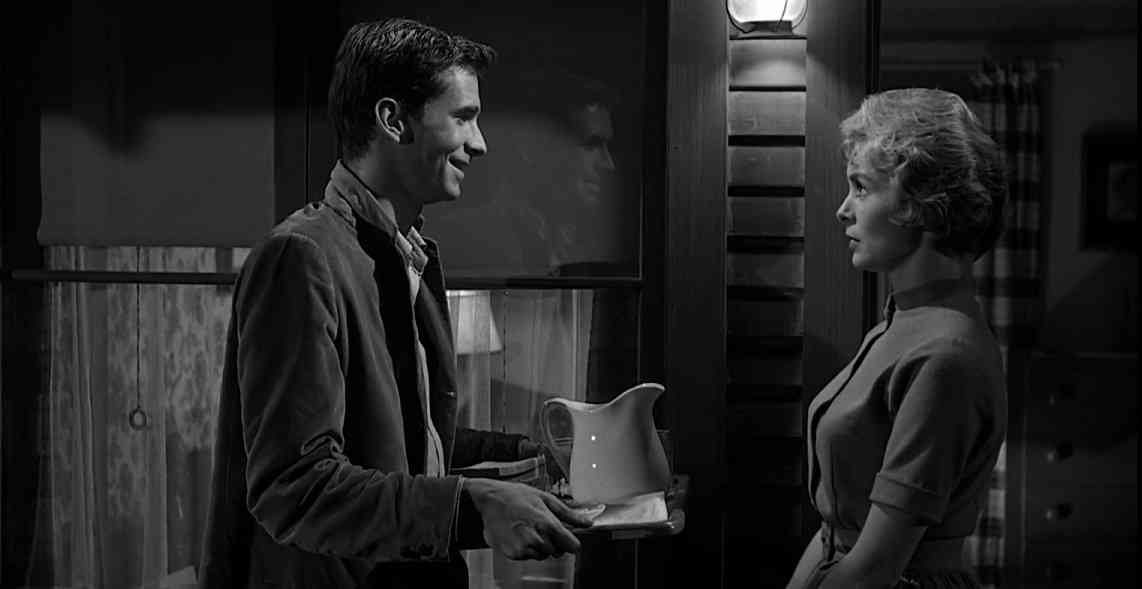
Also read in the ‘Book versus film’ series:
Bengali film ‘Herbert’ says if the source story is great, don’t tinker with it
Revisiting ‘Yehi Sach Hai’, the short story that inspired ‘Rajnigandha’
In ‘Ghare Baire’, questions on nationalism and the nature of freedom


